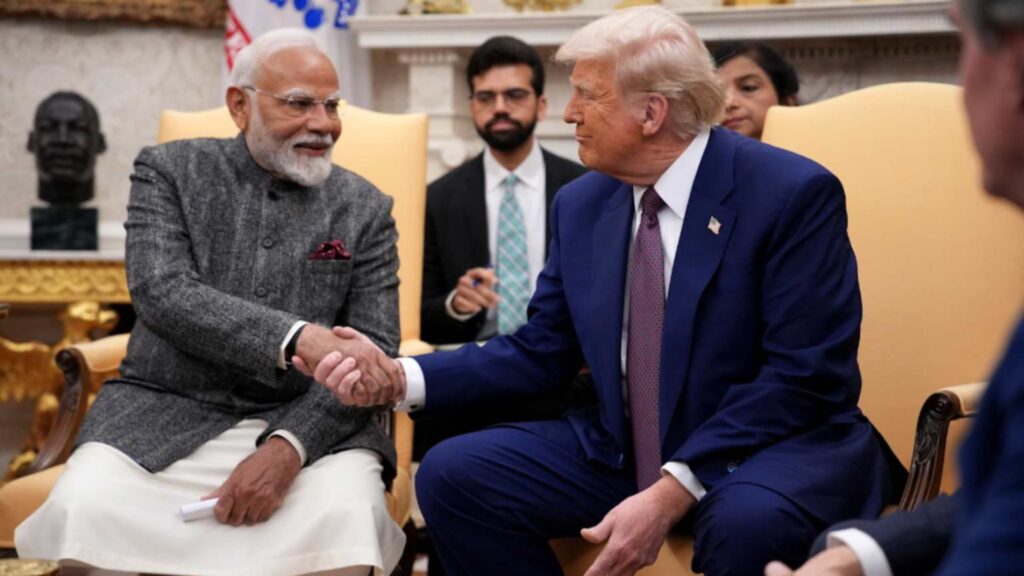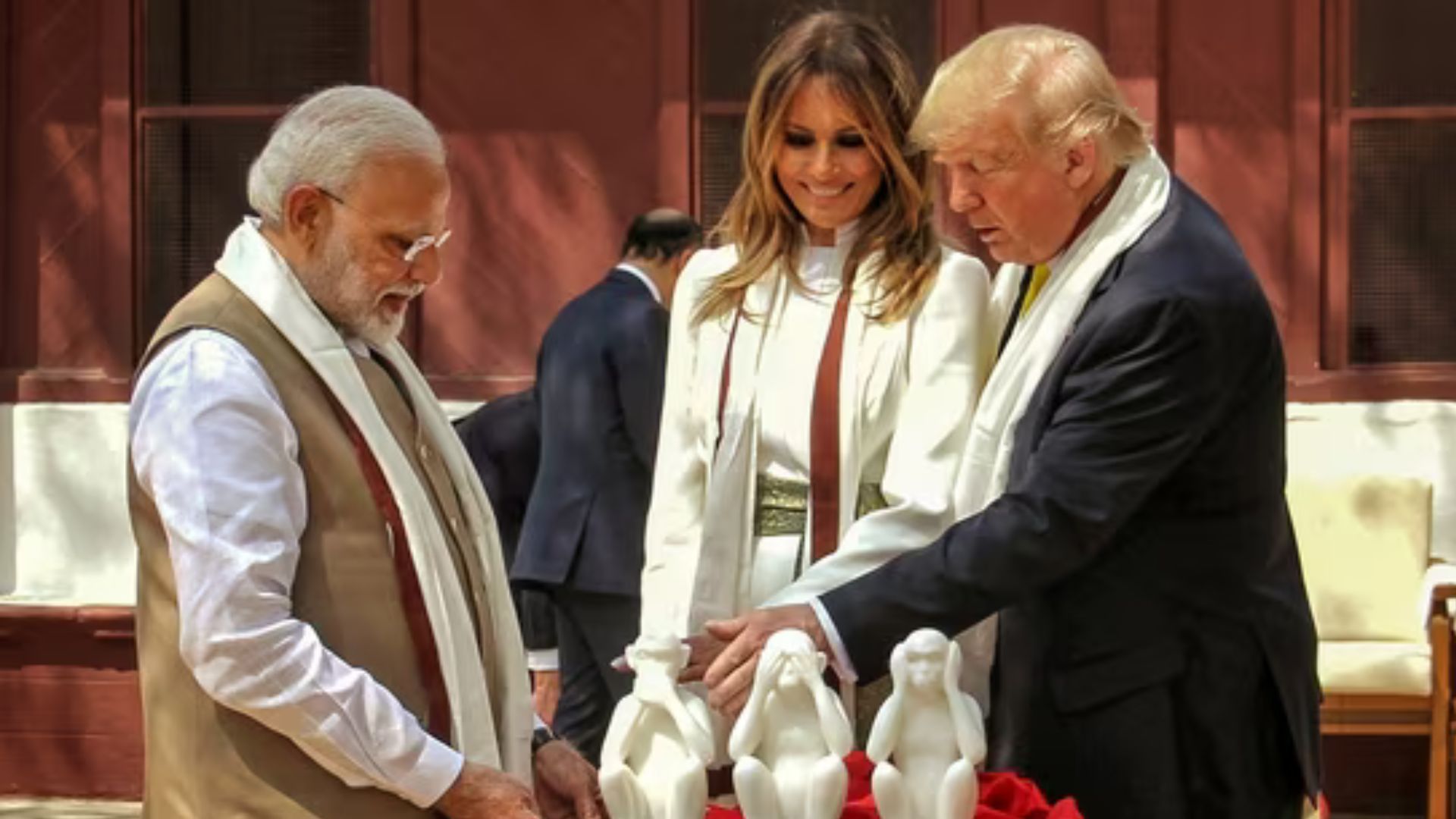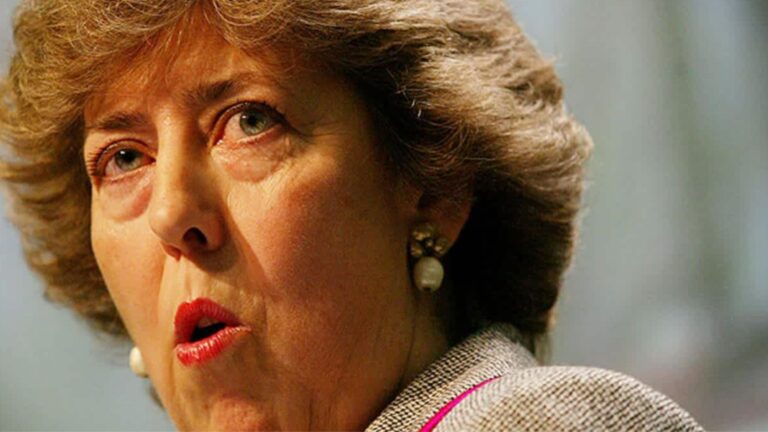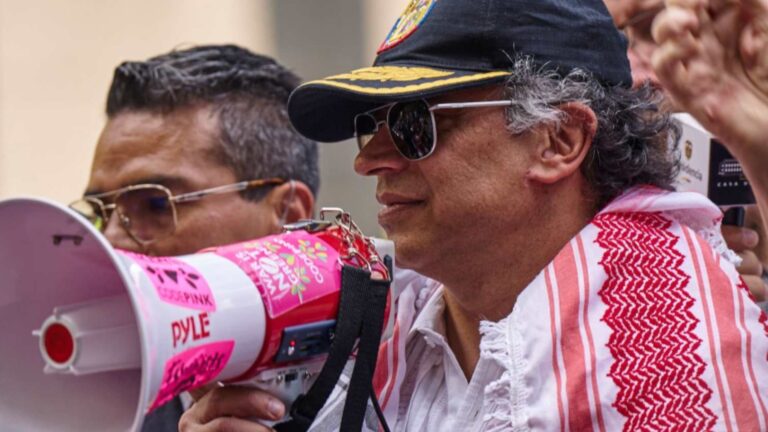
President Donald Trump and Prime Minister Narendra Modi held their first direct conversation since the United States imposed 50% tariffs on Indian goods, exchanging warm birthday greetings and reaffirming support for a peaceful resolution in Ukraine. The call, which took place Tuesday, coincided with the resumption of formal trade negotiations in New Delhi, signaling a mutual desire to de-escalate tensions and strengthen the US–India Comprehensive Global Partnership (Reuters, Hindustan Times).
Cordial Birthday Greetings and Ukraine Support
During the 15-minute call, Trump wished Modi a happy 75th birthday on September 17, describing their conversation as “wonderful” and praising the Indian leader for doing a “tremendous job.” He also expressed gratitude for Modi’s support on efforts to end the war in Ukraine. Modi, in turn, thanked Trump for his birthday wishes and posted on social media: “Like you, I am fully committed to taking the India–US Comprehensive and Global Partnership to new heights,” adding that India “supports your initiatives towards a peaceful resolution of the Ukraine conflict” (AA News).
“Positive and Forward-Looking” Trade Negotiations
Simultaneous with the call, US Assistant Trade Representative Brendan Lynch led the American delegation in talks with India’s Special Secretary Rajesh Agrawal and other Commerce Ministry officials. These discussions—India’s first in-person trade talks since the tariffs took effect—were described by both sides as “positive and forward-looking.” India’s Commerce Ministry stated they would “intensify efforts to achieve early conclusion of a mutually beneficial trade agreement,” focusing on reducing barriers in agriculture, pharmaceuticals and digital services (AA News).
The punitive measures encompass a 25% “reciprocal” tariff plus an additional 25% penalty on Indian imports of Russian oil, impacting over $48 billion in exports including textiles, gems, jewelry and chemicals. Delhi has urged Washington to roll back the levies to sustain the bilateral trade surplus that reached $70 billion in the 2024–25 fiscal year.
Strategic Realignment and Regional Dynamics
The thaw in rhetoric follows months of strain during which India appeared to deepen ties with China and Russia. At the Shanghai Cooperation Organization summit in Tianjin earlier this month, Modi was photographed embracing Chinese President Xi Jinping and Russian President Vladimir Putin—images that prompted Trump to quip, “It seems like we lost India to Russia then to China” (Reuters).
White House trade adviser Peter Navarro had labeled India the “maharaja of tariffs,” accusing Indian refiners of being “in bed with Russian refiners.” Despite that rhetoric, both capitals appear determined to prevent tariff disputes from overshadowing cooperation on defense, counterterrorism and supply chain resilience, particularly within the Quad framework alongside Japan and Australia.
Looking Ahead: Balancing Trade and Security
Analysts view this phone call and simultaneous trade talks as a potential turning point in US–India relations. With global geopolitics increasingly multipolar, both nations recognize the stakes of sustaining a robust partnership. A successful trade agreement could pave the way for collaboration on critical sectors such as clean energy, semiconductors and health security, while signaling to allies and adversaries alike that the US–India relationship remains a pillar of Indo-Pacific stability.
As negotiators in New Delhi continue their “positive and forward-looking” discussions, Washington and New Delhi must balance economic interests with broader strategic objectives, ensuring that tariff disputes do not undermine a decades-long effort to deepen one of the world’s most consequential bilateral ties.











